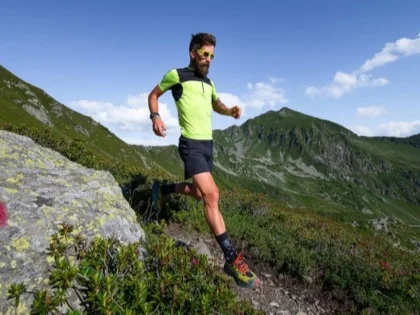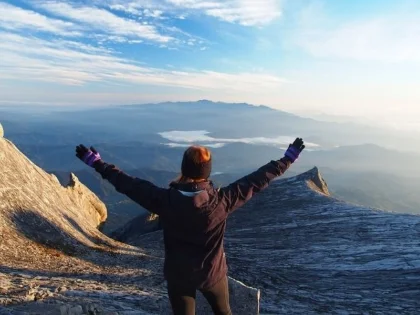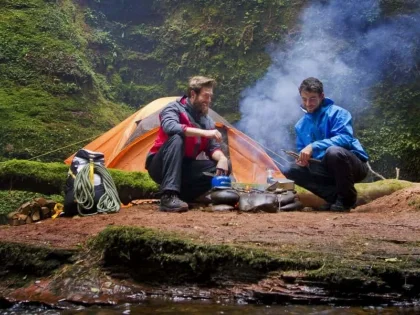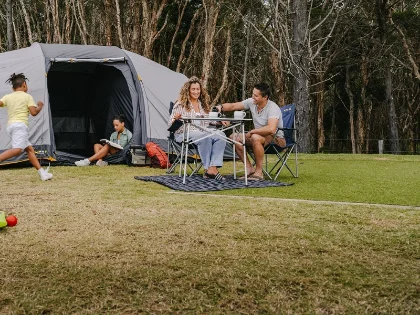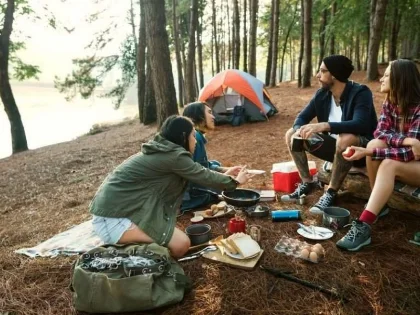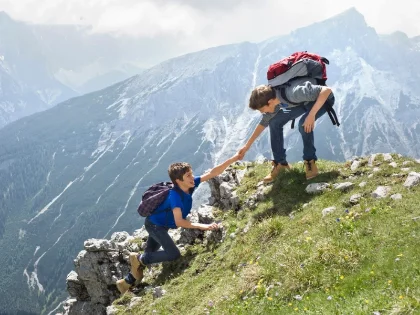Is hiking difficult for a novice?
Hiking is an enjoyable and demanding sport that you may adjust to your comfort level. To choose routes that are suitable for beginners, there are plenty of resources accessible.
Selecting a well-marked track with minimal elevation rise is crucial. Bringing a map and compass is also a smart idea in case your phone loses service.
It's not challenging.

Recently, hiking has gained a lot of popularity as a heart-, muscular-, and even sleep pattern-beneficial type of exercise. In addition, it's a fantastic opportunity to enjoy nature without the commotion and cacophony that come with a lot of other outdoor pursuits.
To improve your understanding of what to expect on a trek, it's crucial to take the time to read trail descriptions and maps. Certain trails are classified as easy, moderate, or difficult; others may have the term "groomed" attached to them, signifying that they are better maintained and less technical than more rough routes.
Additionally, bear in mind that hiking sometimes involves uphill and then downhill sections while creating your schedule. The more hiking you do, the more assured you will be that you can finish the trip, no matter what obstacles you face. After you cross the trail and take in the breathtaking vista, all of the pain—including skinned legs and the infamous "hiker's knee"—is worthwhile.
All you have to do is be ready.
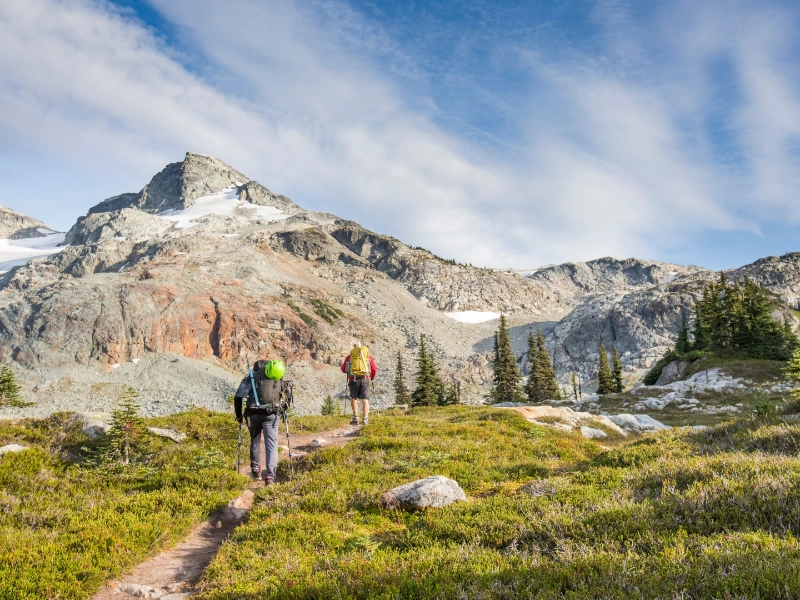
You should start out slowly and make plans in advance. Take into account the trail's length and degree of difficulty, the season, and the weather (you should avoid trekking in extremely hot or cold conditions). To become familiar with the trail's topography, elevation changes, and potential hazards like water sources or a hard ascent, consult maps or pamphlets.
Even if you are hiking in a group, it is still a good idea to leave your itinerary with someone. That way, if you don't return by the scheduled time, they can notify the police.
It's crucial to remember fundamental hiking etiquette, such as large groups moving in a single file and downhill hikers surrendering to uphill ones. And never forget to appreciate and be mindful of wildlife. Lastly, always remember to "Leave No Trace" by packing out any trash you bring into the backcountry, even if it is biodegradable, and always carry a first aid kit.
You must be equipped appropriately.
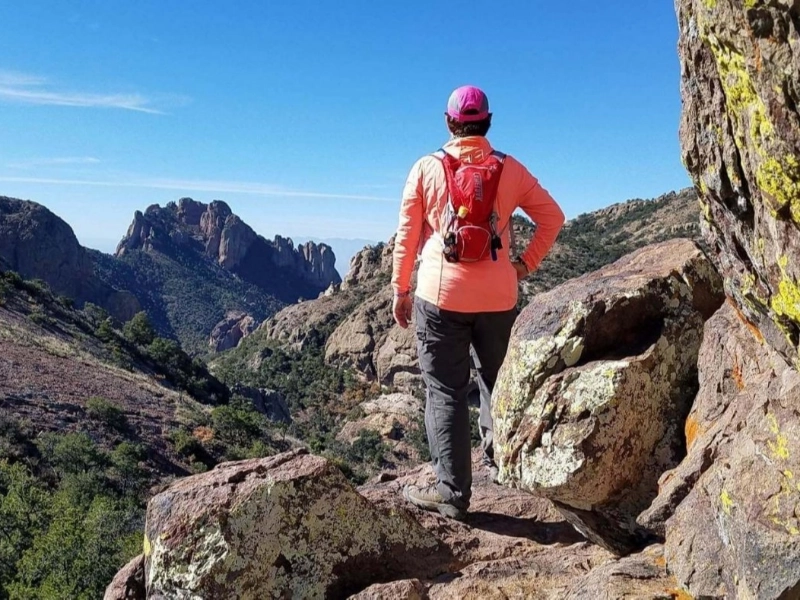
Hiking is a great way to combine outdoor adventure and vigorous fitness, and getting started doesn't require a lot of expensive gear. But if you've never hiked before, it can be beneficial to start with short excursions that are doable for your level of fitness and to educate yourself on safe hiking techniques.
Carrying the Ten Essentials is important, and one of those items should be a first aid kit that may help you treat minor injuries or bandage larger ones until you can obtain help. To ensure that someone knows where you are and how long you'll be gone, make sure to leave your itinerary with a friend or relative.
Layers should be packed and worn based on the day's or hike's anticipated weather. For next-to-skin base layers, insulating mid-layers, and an outer layer that is waterproof like a rain jacket, choose fabrics that wick away moisture. Additionally, you'll need a backpack to store your belongings and traction-specific hiking shoes.
You must practice.

You must practice hiking if you want to improve at it. Engaging in local hiking activities, such as strolling around your neighborhood or joining a group, will increase your endurance and self-assurance.
It's a fantastic method to feel successful. Even if it took longer than anticipated or you cut your leg, the endorphin rush you get from finishing a hike has positive effects on other aspects of your life.
A wonderful way to establish a connection with nature is through hiking. While strolling, you can take in the sights and sounds of your environment, or you can stop to unwind and practice meditation. To lessen your impact on the environment, just make sure to adhere to Leave No Trace principles, which include burying your garbage and digging a hole using a camp trowel. Additionally, as one of the Ten Essentials, always have a first aid kit on hand to heal any wounds you might get while hiking.
